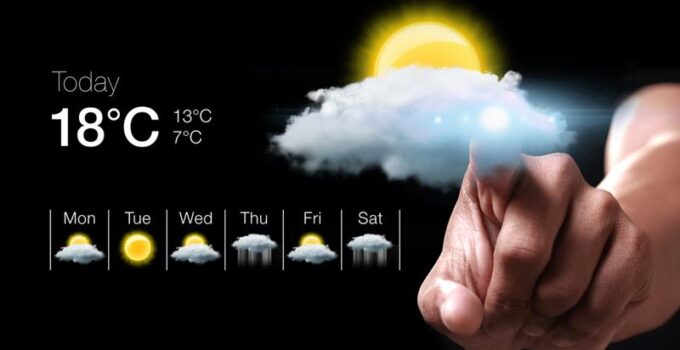We sometimes take today’s weather forecasts for granted, but they’ve come a long way. A modern five-day forecast is as accurate as a one-day forecast was in 1980. Several crucial technologies have made today’s advanced weather forecasting possible. Examining these technologies creates a fascinating picture of where the field of weather forecasting has been, and where it’s possible for it to go next.
The four technological advances we’ll discuss here have created the weather forecasting methods that the world relies on, and we have them to thank when we choose the perfect sunny day for our picnic plans. What’s more, the final innovation that we’ll cover is one with enormous potential to revolutionize meteorology.
1. Weather Balloons
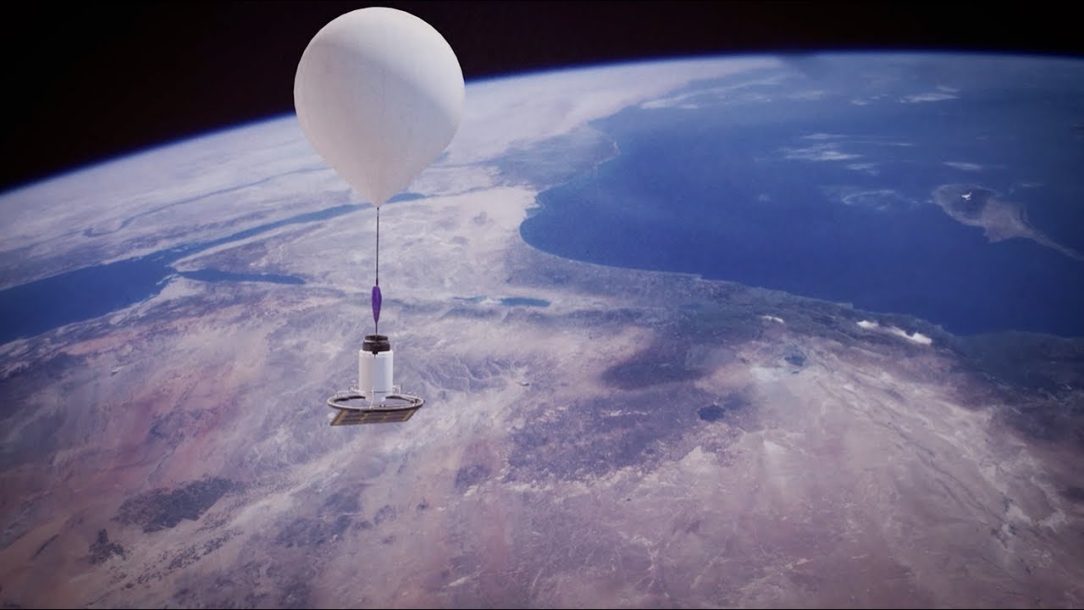
Source: precisionmicrodrives.com
Weather balloons were some of the earliest tools used to gather data on the Earth’s upper atmosphere. In 1909, the U.S. Weather Bureau (forerunner of the National Weather Service) began launching balloons laden with scientific instruments into the atmosphere to help gather data for understanding and predicting weather patterns.
Perhaps surprisingly, weather balloons are far from a dead technology. Hundreds of balloons are still launched every day around the world. They’re cost-effective and produce accurate data, so weather services continue to launch them twice a day. In fact, the technology is so inexpensive that hobbyists send their own balloons into the atmosphere regularly.
What’s inside today’s weather balloons? A whole lot of hydrogen, which enables the balloons to soar hundreds of thousands of feet into the air, even reaching the zone called “near space” where the Earth’s atmosphere begins to give way to outer space. They also contain a transmitter called a radiosonde housed inside a waterproof enclosure that measures atmospheric data and beams it back to earth. Check here for more on waterproof enclosures!
2. Doppler Radar
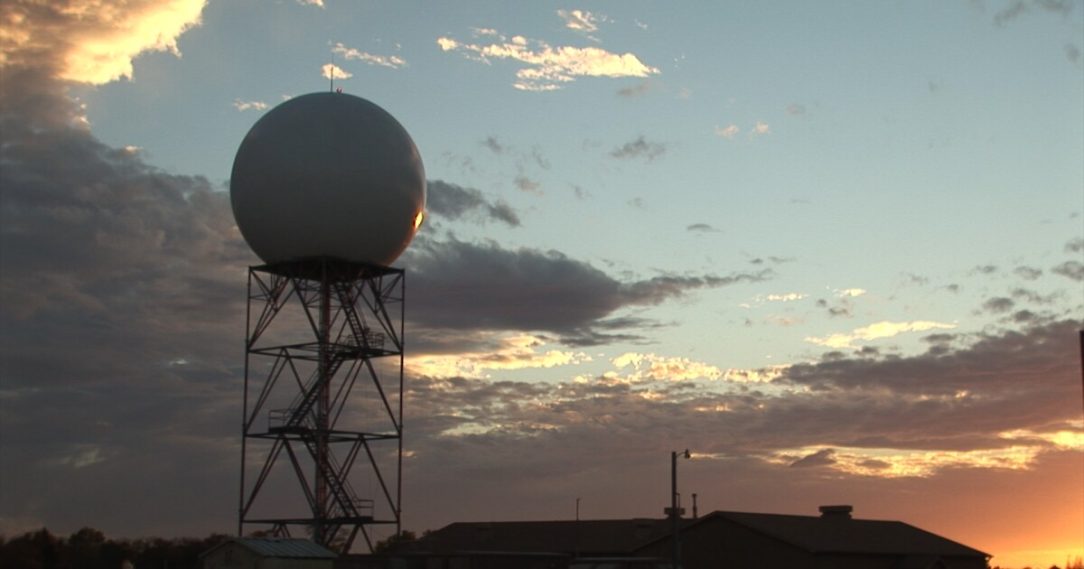
Source: brightspotcdn.com
A Doppler radar system uses a microwave beam to provide information about the speed and direction of an object. You’ll find this technology nearly everywhere, from the radar guns used by highway patrol officers to the detectors that clock pitch velocity in MLB games.
When employed in weather forecasting, a Doppler radar shows the speed and direction of moisture in the air, such as in an incoming storm system. This information can provide crucial insights for what the weather will look like an hour, a day or a week from now. Since the technology’s widespread adoption in the 1980s, Doppler radar has become a cornerstone of our weather forecasting system.
That’s because Doppler radar can observe many data points that weather forecasters could never previously observe. These include critical information like wind speed, wind direction and divisions between cold and warm fronts. Thanks to Doppler radar, meteorologists greatly improved their ability to predict everyday weather, as well as severe weather events like tornadoes.
3. Weather Satellites
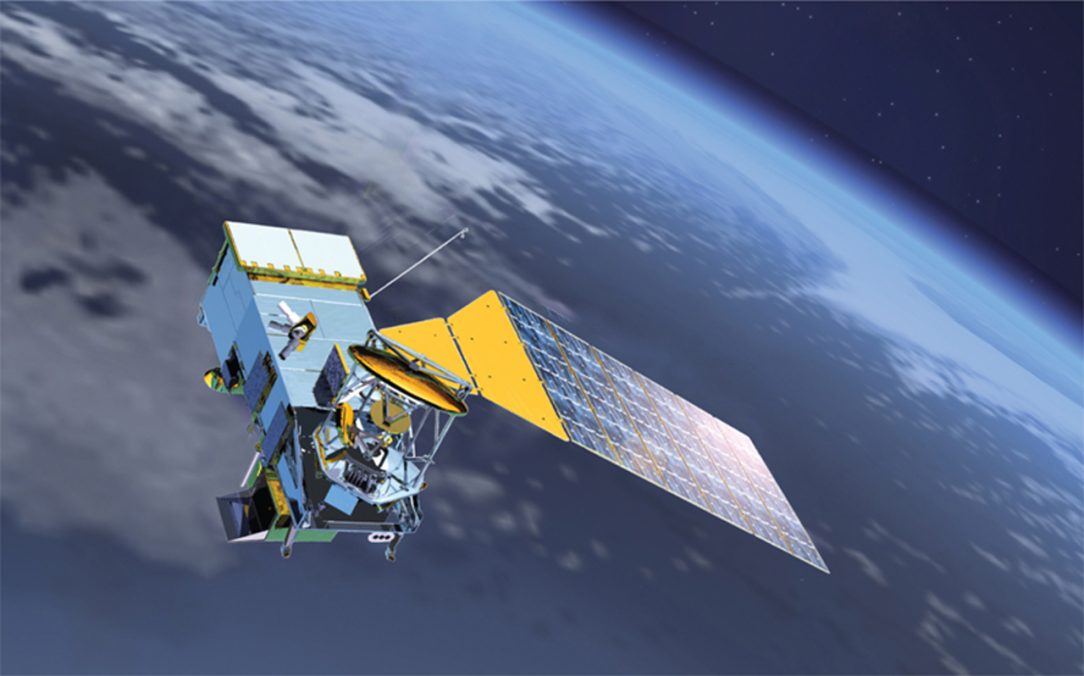
Source: science.org
Of all the advances that have produced 21st century weather forecasting, the advent of weather satellites may have had the greatest impact. The quick and reliable weather forecasts that we know and love today are all thanks to the many weather satellites that have entered the sky since the U.S. launched its first on April 1, 1960.
Satellites come in two varieties: geostationary and polar-orbiting. Geostationary satellites follow a single spot on the earth and photograph it at regular intervals, while polar-orbiting satellites traverse the Earth’s orbit and photograph the same spots twice daily. Combined, these two types of satellites provide an exceptional amount of weather data.
Weather satellites can monitor an incredible variety of phenomena, from everyday weather to volcanic eruptions, dust storms and pollution-related effects. Furthermore, they’ve helped mitigate the impact of disasters such as tornado outbreaks by providing early warnings.
4. Computer Modeling
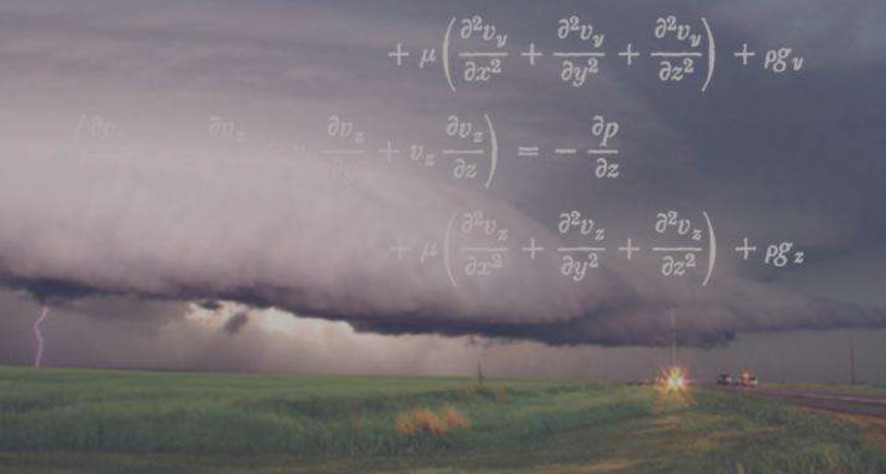
Source: phys.org
Mathematical modeling of weather conditions began to take shape in the 1920s as some of the world’s greatest mathematicians applied their skills to the formidable task of weather prediction. However, because of the enormous and complex data sets involved, it wasn’t until the invention of computers in the 1950s that humans gained the computing power necessary to create accurate numerical weather modeling.
Today, meteorologists use some of the world’s most powerful supercomputers to collect and analyze the massive amount of data that weather forecasting requires. Forecasting algorithms grow more complex (and more accurate) all the time, and as more data sources are integrated into them, they will only become more so.
However, there’s something even bigger on the horizon: the advent of artificial intelligence in weather forecasting.
The Future of Forecasting: AI and Machine Learning

Source: controllerakademie.de
Artificial intelligence is turning the world upside down one field at a time, and meteorology is now witnessing the integration of this exciting new set of technologies. The biggest names in tech are now using AI to make weather forecasting faster, more accurate and available on a much more local scale.
IBM has created one of the most prominent AI forecasting technologies. In 2016, the tech giant bought The Weather Company, a group of brands with decades of weather forecasting data between them. That data allowed IBM to create Deep Thunder, a service that uses the super-advanced Watson neural network to forecast weather at a hyper-local and hyper-accurate level.
Meanwhile, Google is in the process of creating an especially exciting application of AI in weather forecasting. Rather than taking a traditional approach to weather forecasting that relies on numbers and physics, Google is instead creating an image-based weather forecasting system.
How on Earth is that supposed to work, you might ask? Google AI is being trained solely on patterns in weather images, which require much less neural network power than the massive volumes of data collected by organizations like NOAA. This reduction in power could mean that we no longer need Watson-level supercomputers to give us fast and accurate weather forecasts.

